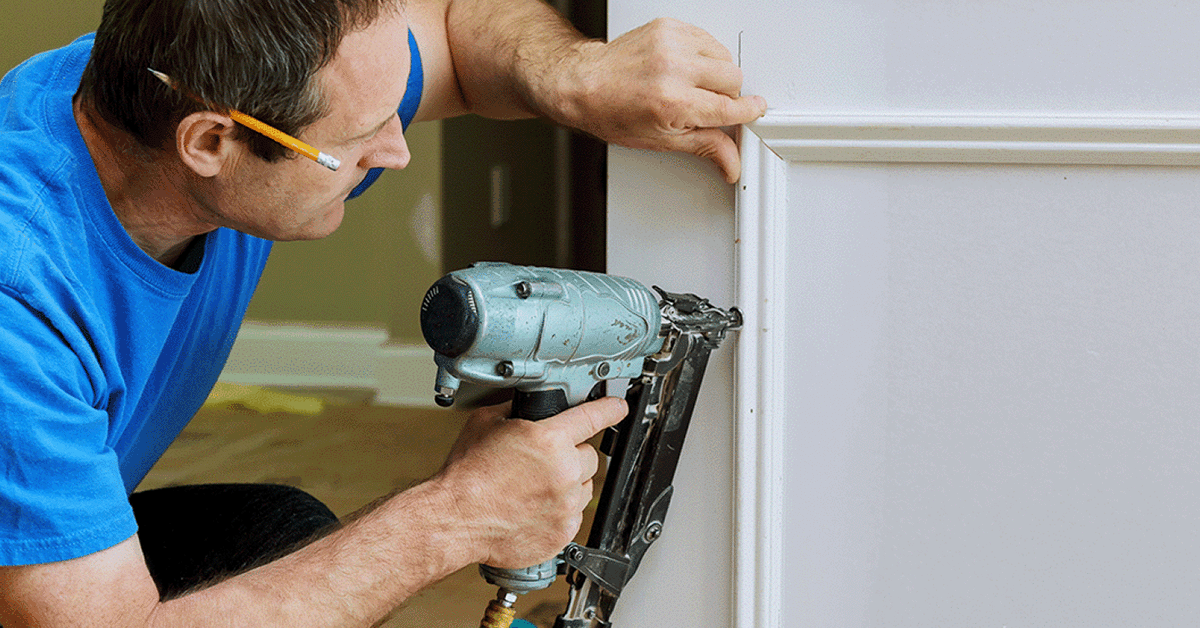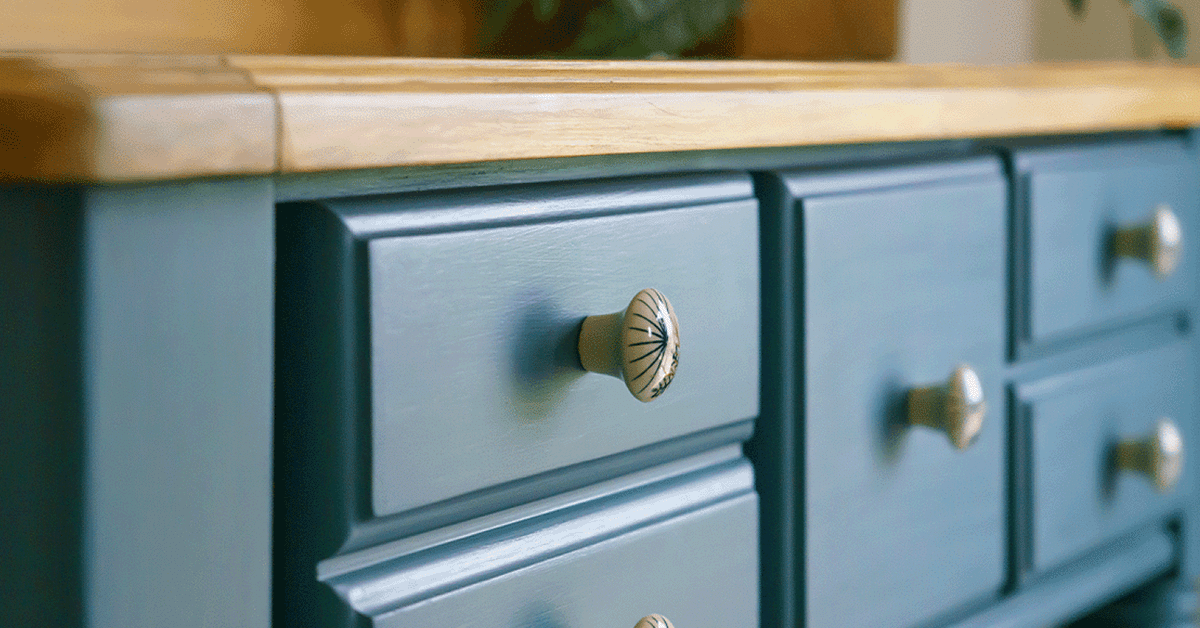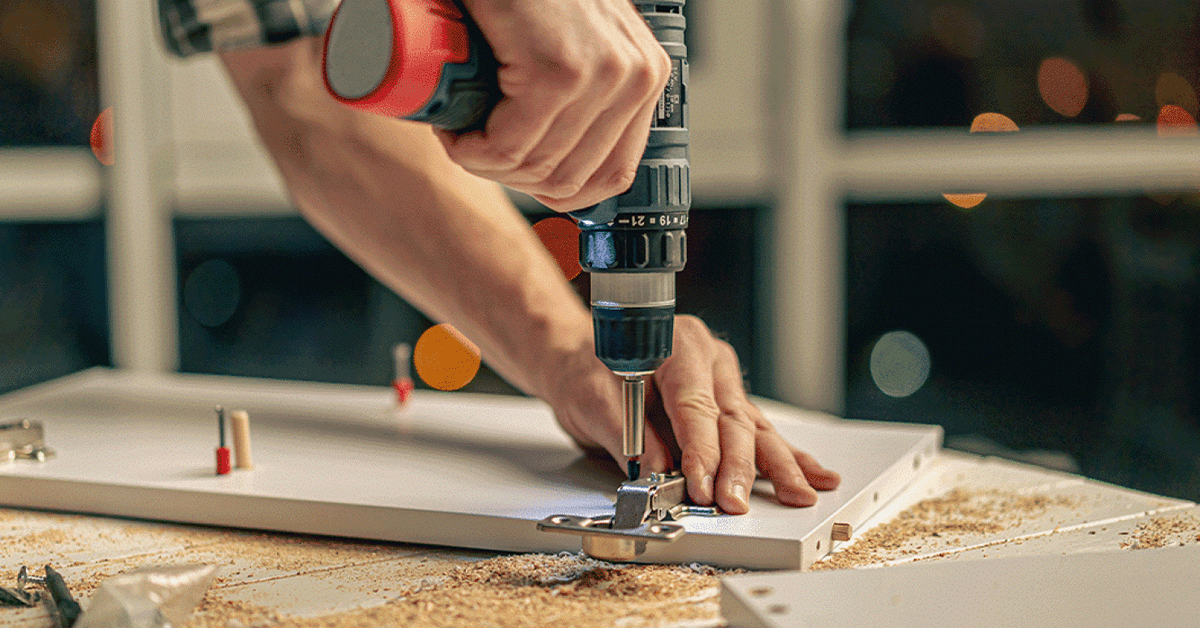Table of Contents
ToggleIntroduction
Finish carpentry is an important aspect of commercial construction that can greatly enhance the look and functionality of a space.
It involves the installation of decorative and functional elements such as moldings, casings, cabinetry, and wood paneling.
This article will serve as a completely comprehensive guide to commercial finish carpentry.
We will explore the benefits of finish carpentry in commercial construction, the various types of finish carpentry, and how to select the right materials and finish carpenter for your project.
What is Commercial Finish Carpentry?
Commercial finish carpentry is the installation of decorative and functional elements that add character and functionality to a commercial space.
These elements are installed after the structural work is complete, and they include moldings, baseboards, door casings, wainscoting, cabinetry, and wood paneling.
Finish carpentry is crucial in commercial construction because it enhances the aesthetics, functionality, and value of the space.
GET THE LATEST INDUSTRY NEWS DELIVERED TO YOUR INBOX
Stay on the forefront of the construction industry with our weekly e-newsletter.
The Benefits of Finish Carpentry for Commercial Projects
In this section, we’ll discuss the benefits associated with commercial finish carpentry that we briefly mentioned above.
Aesthetics
The installation of crown moldings, baseboards, door casings, wainscoting, and decorative moldings can greatly enhance the aesthetics of a commercial space.
These elements can be customized to match the architectural style of the building and add character to the space.

Functionality
Finish carpentry can also improve the functionality of a commercial space.
For example, custom cabinetry can be designed to fit the specific needs of the space and can provide extra storage.
Wood paneling can also be used to create a warm and inviting atmosphere.
Value
Investing in finish carpentry can also greatly increase the value of a commercial property.
Well-crafted finish carpentry can greatly enhance the appearance of a space and make it more appealing to potential tenants or buyers.
Check out this blog about how Finish Carpentry improves property values.
Types of Finish Carpentry in Commercial Construction
Commercial finish carpentry covers a wide range of highly-skilled disciplines.
Trim Carpentry
Trim carpentry involves the installation of moldings, baseboards, and casings around doors, windows, and other openings in a commercial space.
Trim carpentry can add a decorative touch to a space and help to define its style.
Check out this in-depth article we wrote on trim carpentry.

Millwork
Millwork involves the creation of custom woodwork such as cabinetry, bookcases, and custom paneling. Millwork can be used to create a cohesive design theme throughout a commercial space.
Cabinetmaking
Cabinetmaking involves the creation and installation of custom cabinetry for a commercial space. Like we mentioned before, custom cabinets can be designed to fit the specific needs of a space and provide extra storage.
Furniture Making
Furniture making involves the creation and installation of custom furniture pieces such as desks, tables, and bookcases. Custom furniture can add a unique touch to a commercial space and enhance its functionality.

Joinery
Joinery involves the creation of custom woodwork such as doors, windows, and staircases. Custom joinery can be designed to match the architectural style of the building and add character to the space.
Wood Finishing
Wood finishing involves the application of a finish to wood surfaces such as floors, walls, and cabinetry. Wood finishing can enhance the natural beauty of the wood and protect it from damage.
Selecting Materials for Commercial Finish Carpentry
Like any other aspect of construction, deciding what materials to use for the commercial finish carpentry in your space is crucial.
Factors to Consider
When selecting finish carpentry materials for a commercial project, there are several factors to consider. These include durability, aesthetic appeal, and sustainability.

Examples of Commercial Finish Carpentry Materials
Solid wood: Solid wood is a popular finish carpentry material that is durable and provides a natural look.
Medium-density fiberboard (MDF): MDF is a more affordable alternative to solid wood that can be painted or finished to look like wood.
Polyurethane: Polyurethane is a synthetic material that is durable and resistant to moisture and insects.
PVC: PVC is a plastic material that is lightweight and durable.
Finding the Right Commercial Finish Carpenter
When it comes to selecting a finish carpenter for your commercial project, there are several factors to consider. First and foremost, experience is key.
It’s also important to review their portfolio to ensure that they have experience in the specific types of finish carpentry you require.

When selecting a finish carpenter, be sure to ask for a detailed estimate and timeline for the project. This will help you avoid any surprises or delays down the line.
It’s also important to establish clear communication channels and expectations from the outset to ensure that the project runs smoothly.
Unique Commercial Finish Carpentry Techniques
Innovative techniques can take finish carpentry to the next level and create truly unique and impressive designs in commercial settings.
One approach is to combine different materials, such as wood, metal, and glass, to create a dynamic and visually appealing look.
Another option is to use 3D printing technology to create intricate and complex shapes and designs that would be impossible to achieve with traditional methods.
CNC routing is another innovative technique that can be used in commercial finish carpentry.
This involves using a computer controlled cutting machine to precisely carve intricate shapes and designs into wood and other materials.
This can be particularly useful for creating custom signage and branding elements for commercial spaces.
Conclusion
Finish carpentry is a critical component of commercial construction, providing both aesthetic and functional benefits.
From enhancing the value of the property to increasing tenant appeal, finish carpentry can have a significant impact on the success of a commercial project.
When selecting a commercial finish carpenter, it’s important to consider factors such as experience, portfolio, and references, as well as the use of innovative techniques to create truly unique designs.
By taking these factors into account, you can ensure that your commercial project benefits from the best possible finish carpentry.
Need a commercial finish carpenter? Contact us.



